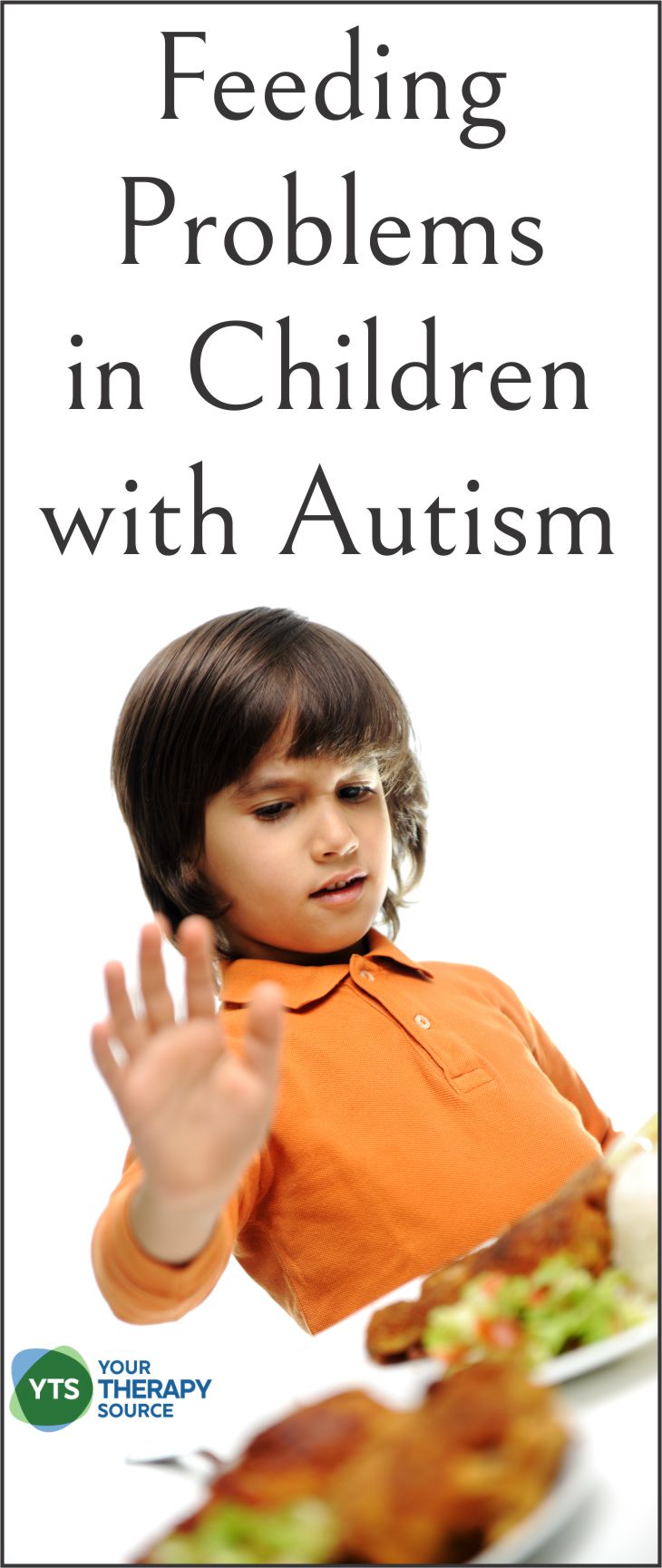Feeding Problems in Children with Autism
Feeding Problems in Children with Autism
Researchers have determined that there is a higher prevalence of feeding problems in children with autism over three years of age. The research has consistently found that more than 50% of children with ASD exhibit limited food acceptance. This can increase stress levels for families, in addition, to put children at risk for decreased intake of important minerals and vitamins.
Feeding Problems in Young Children with Autism
The Journal of Early Intervention published research on the prevalence of feeding problems in children with autism spectrum disorder (ASD). Chart reviews were completed to determine the prevalence of feeding problems in children below 3 years of age with ASD compared with
those evaluated for non-ASD language delays (LD).
Following the chart reviews, Speech Therapists and Psychologists determined that:
- there were more feeding problems for the ASD group than for the comparison group.
- the ASD group showed more food selectivity by texture, more food selectivity by type, more new food refusal, and more food overstuffing.
- feeding problems were more prevalent for males.
The researchers concluded that that feeding problems in children with ASD may be identified at a
young age. They recommended additional research to examine the age of onset of various feeding problems in children with ASD (particularly overstuffing) as well as the role early feeding problems may play in detection of ASD.
Reference: Seiverling, L., Towle, P., Hendy, H. M., & Pantelides, J. (2018). Prevalence of Feeding Problems in Young Children With and Without Autism Spectrum Disorder: A Chart Review Study. Journal of Early Intervention, 1053815118789396.
Read about Food Tactile Play and Food Preferences
Additional resources regarding healthy food choices:
Pre-Handwriting Fruits Vegetables Garden and Snacks
Therapeutic Food Survey: Do you have students who need interventions due to sensory, self-help, oral, and oral-motor problems such as chewing, swallowing, touch, taste, or texture? Do you want a tool to help you work hand in hand with your client’s family to prioritize and set goals?
This Therapeutic Food Survey can be used to:
• Discover what and how much your client is and is not presently eating.
• Interview family members about history and family goals.
• Narrow down vague descriptions and create hard data.
• Use data to establish achievable goals.
• Use data to document progress.





